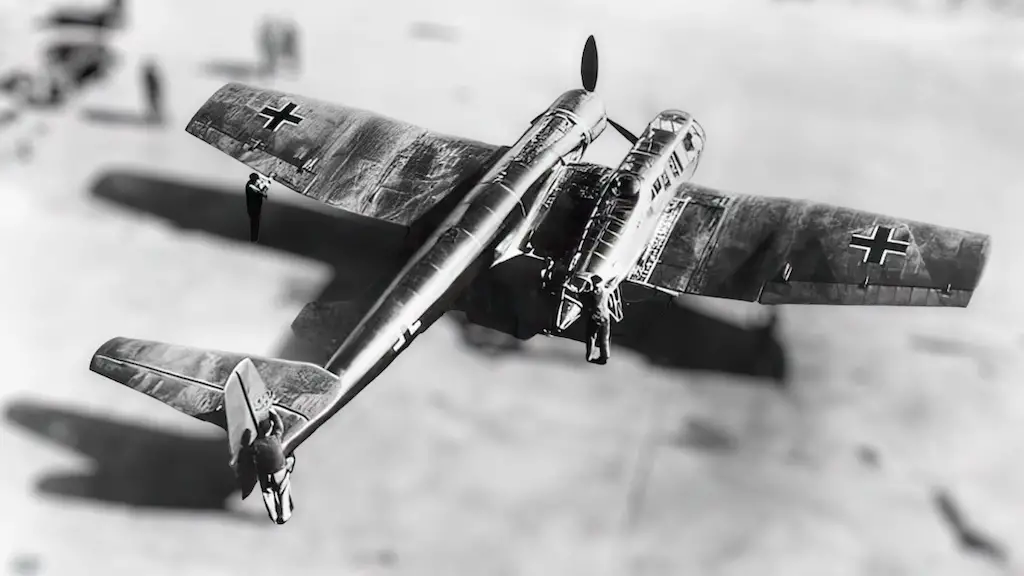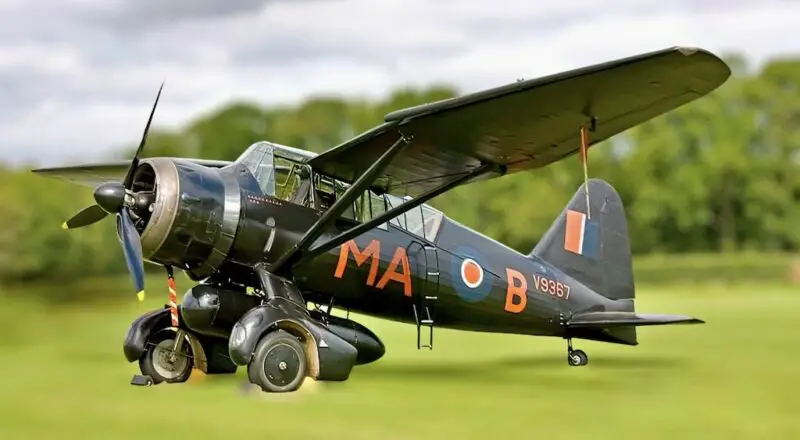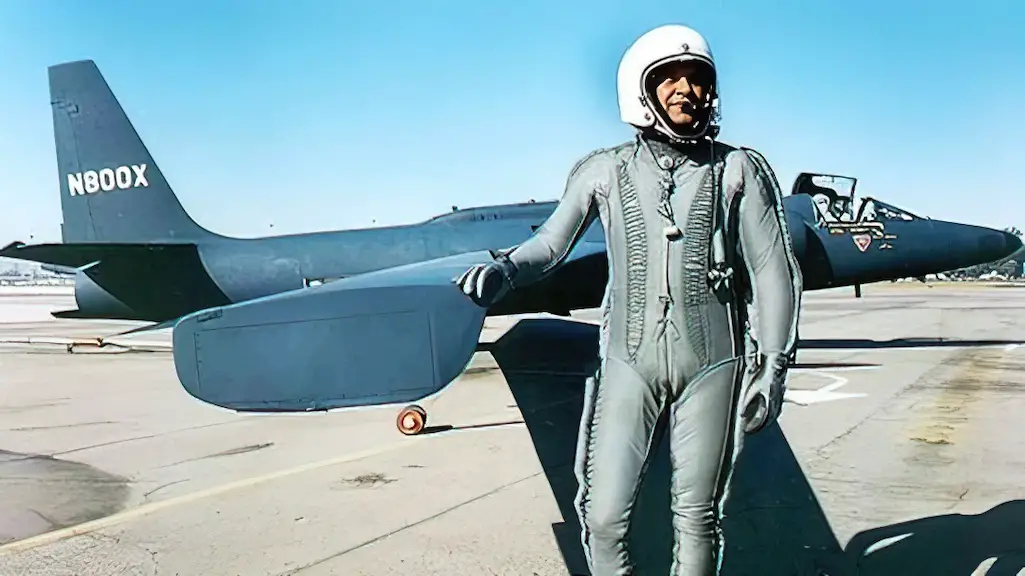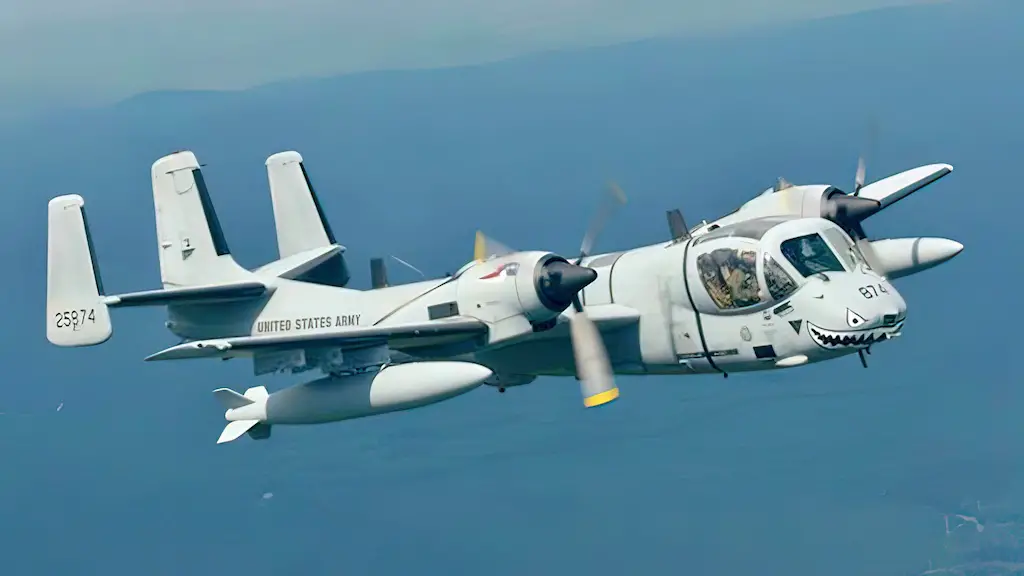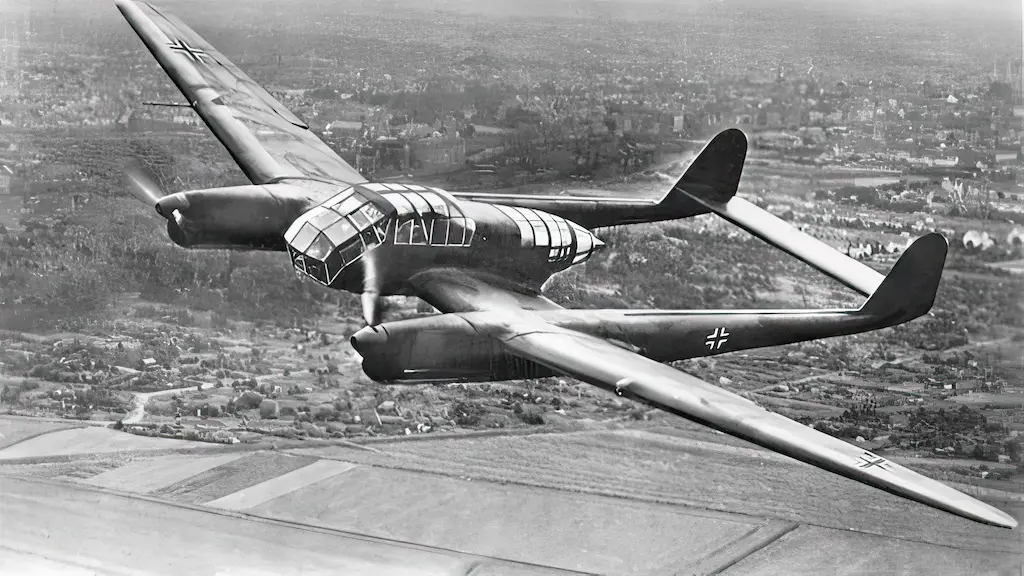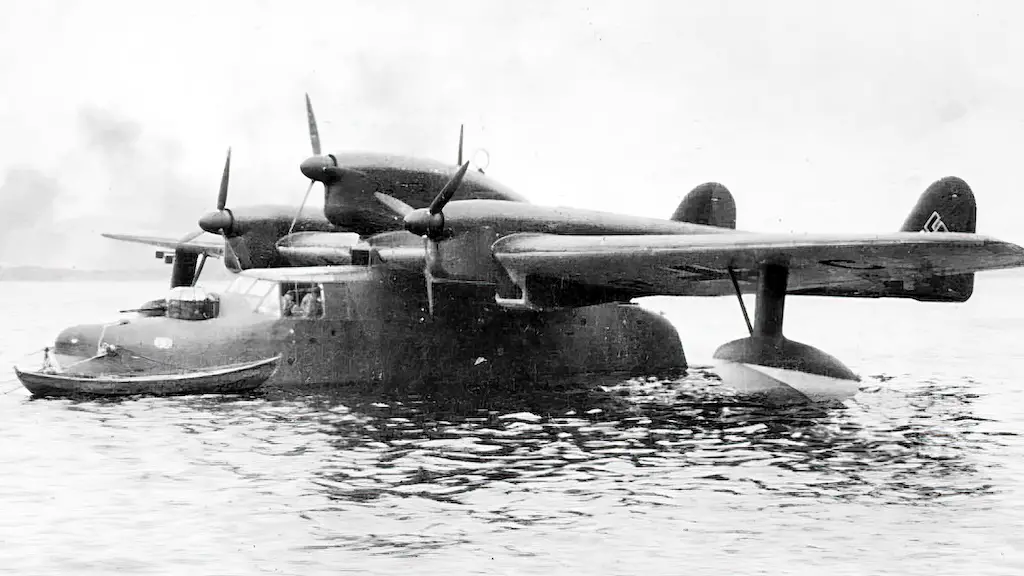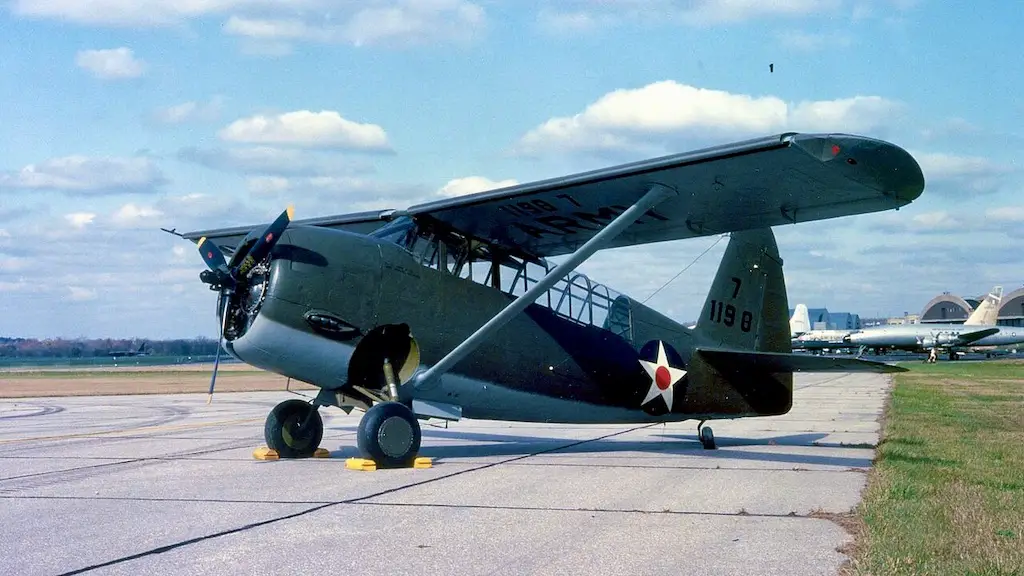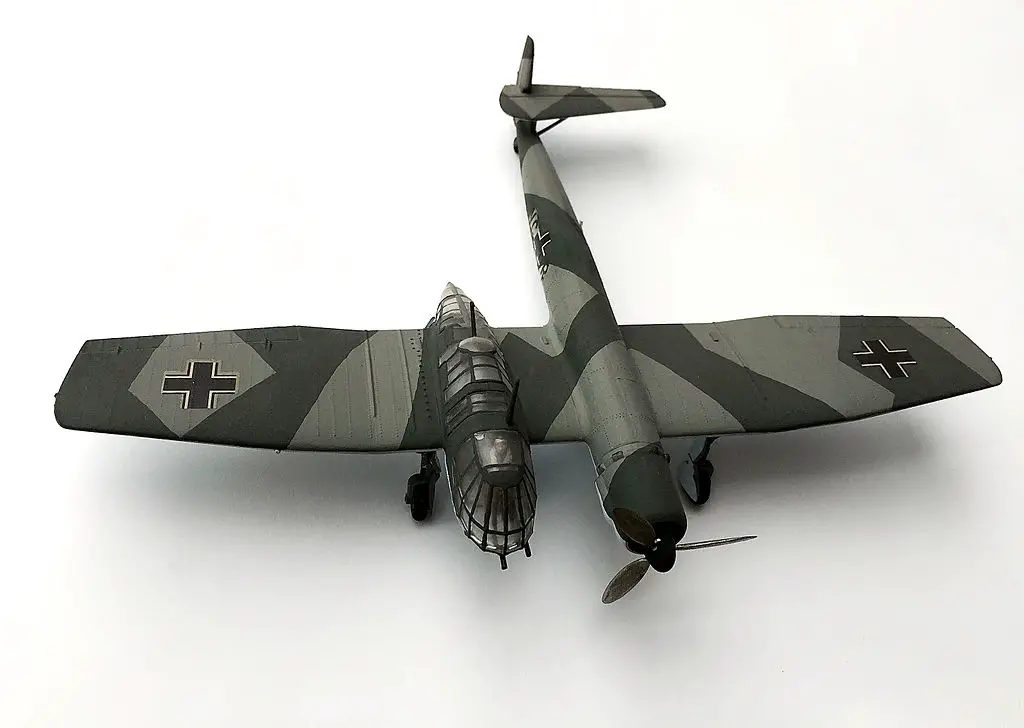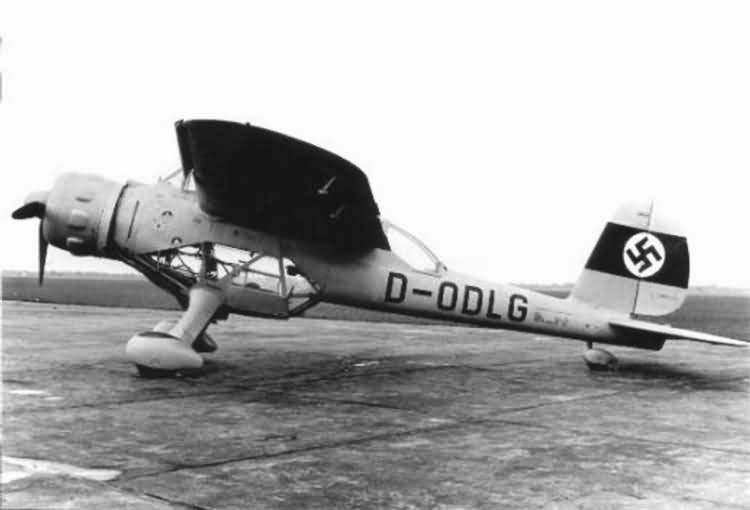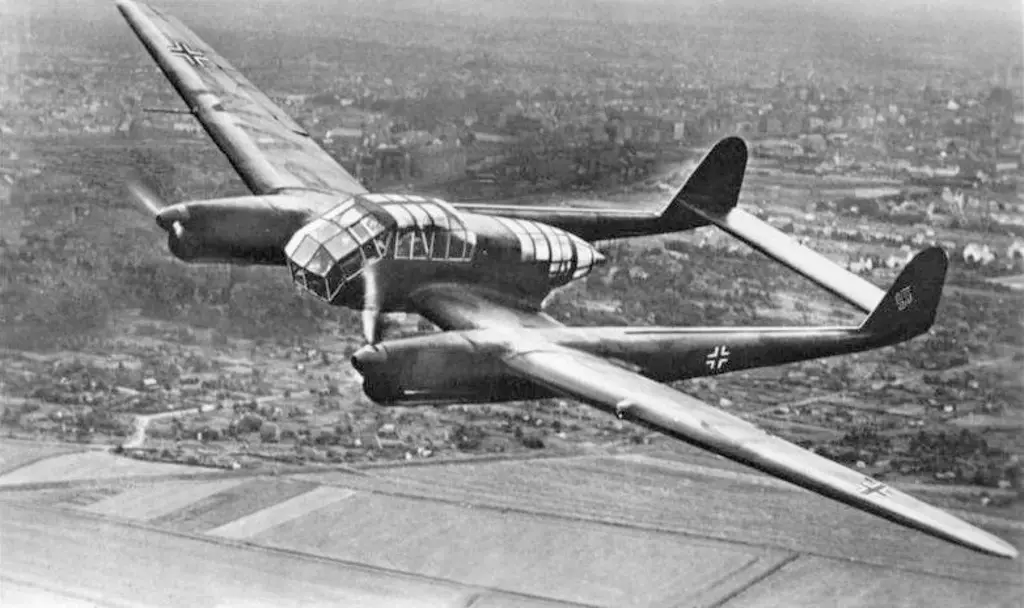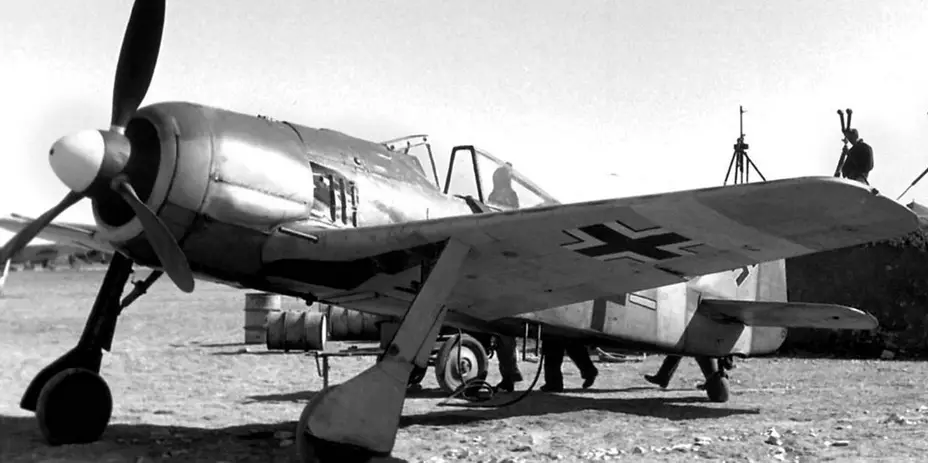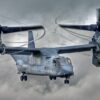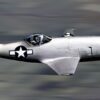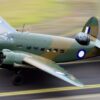Unorthodox design
Despite its clearly odd and unorthodox design and with its offset crew cabin, could it actually fly? Designed as a tactical reconnaissance aircraft and given the aircraft’s radical departure from anything resembling normal aircraft design it seemed as though it could never properly fly. And even if it did, it would most likely be hazardous, imbalanced, and downright counter-productive. Yet, it did fly, and without any issues.
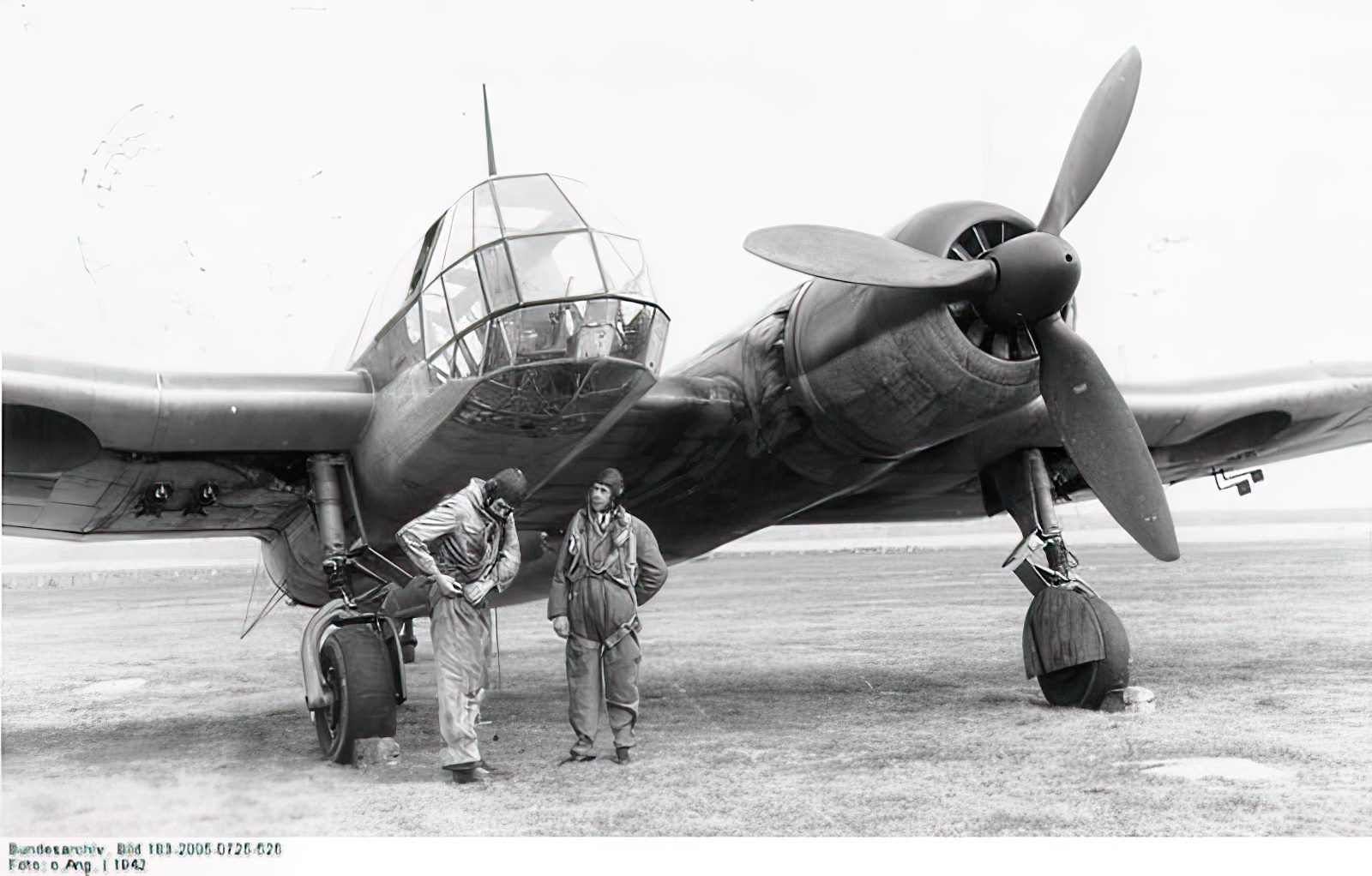
Background
In 1937, two years before the Second World War began, the German Air Ministry issued a call to manufacturers for a single-engine three-seat short-range reconnaissance and observation aircraft, with an emphasis on good all-around visibility. Many companies submitted designs, with the favourable option initially being the Arado Ar 198.
The prototype did not achieve success, therefore the two-engine Focke-Wulf Fw 189 Uhu was chosen, despite not meeting the single-engine criterion laid out by the Air Ministry. In the meantime, Blohm & Voss had privately begun working on their reconnaissance aircraft design, which culminated in the creation of the Bv 141.
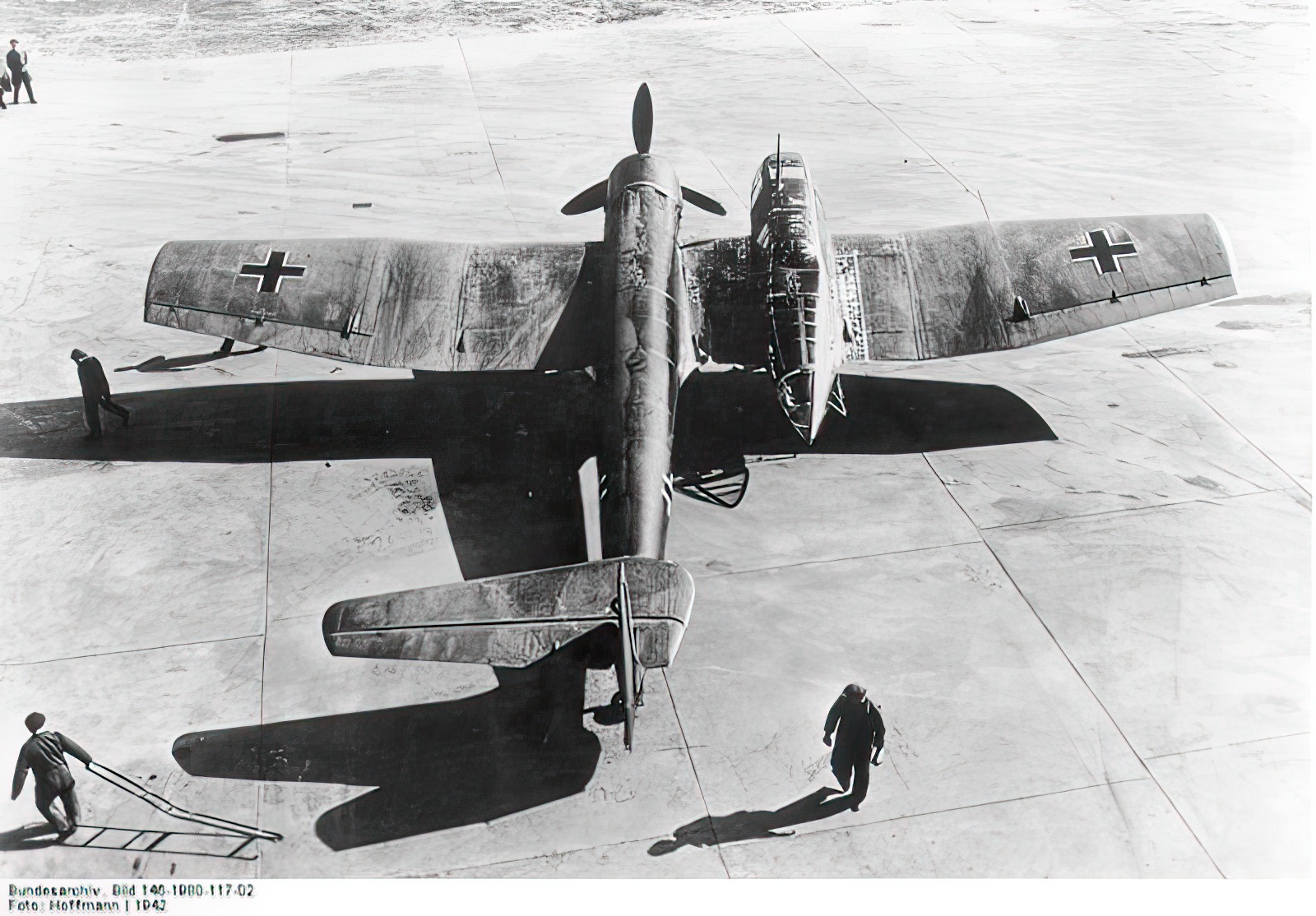
The Bv 141
The Bv 141 was developed by the German military aircraft designer Richard Vogt, who also happened to be recruited by the United States as part of Operation Paperclip. The aircraft’s signature feature was in the peculiar asymmetrical design that made it appear lopsided. The primary compartment, a Plexiglas-glazed crew gondola, was positioned on the starboard side (right side). It had room for a crew of three that consisted of the pilot, rear gunner, and observer.
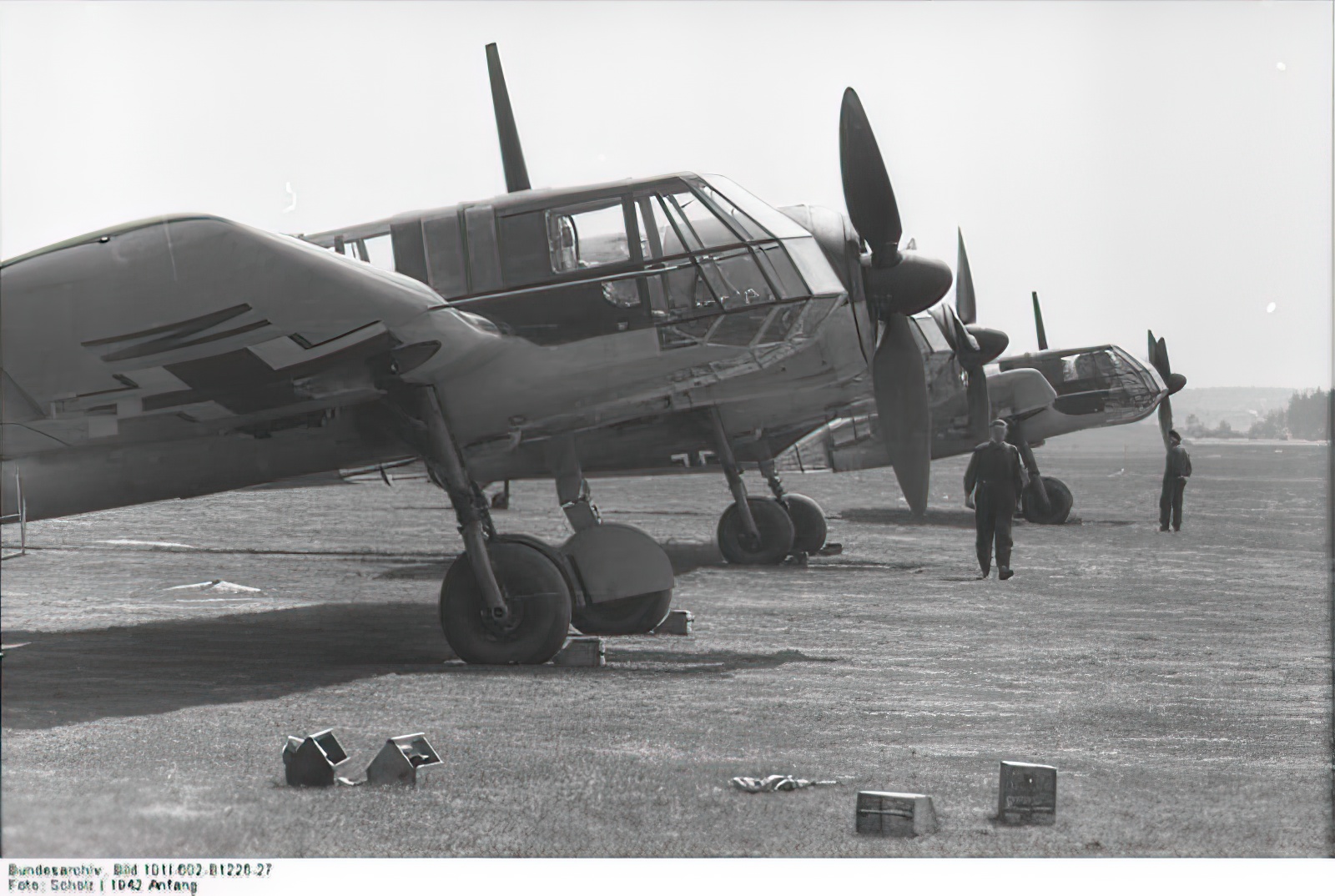
The much longer fuselage was on the port side (left side), attached to the tailplane. This latter feature was actually symmetrical from drawing board to prototype, but it would be with the later variants that it gets drastically shaved down on the starboard side.
Both the starboard and port sides were connected via the wing element at the forward portion of the aircraft. At first glance, the BV 141’s design was one such that it gave off the thought that it couldn’t safely take off into the air. These concerns were due to a risk of rolling, but such a thing would be obvious to the lead engineer and in reality, its weight was evenly supported by lift from the wings.
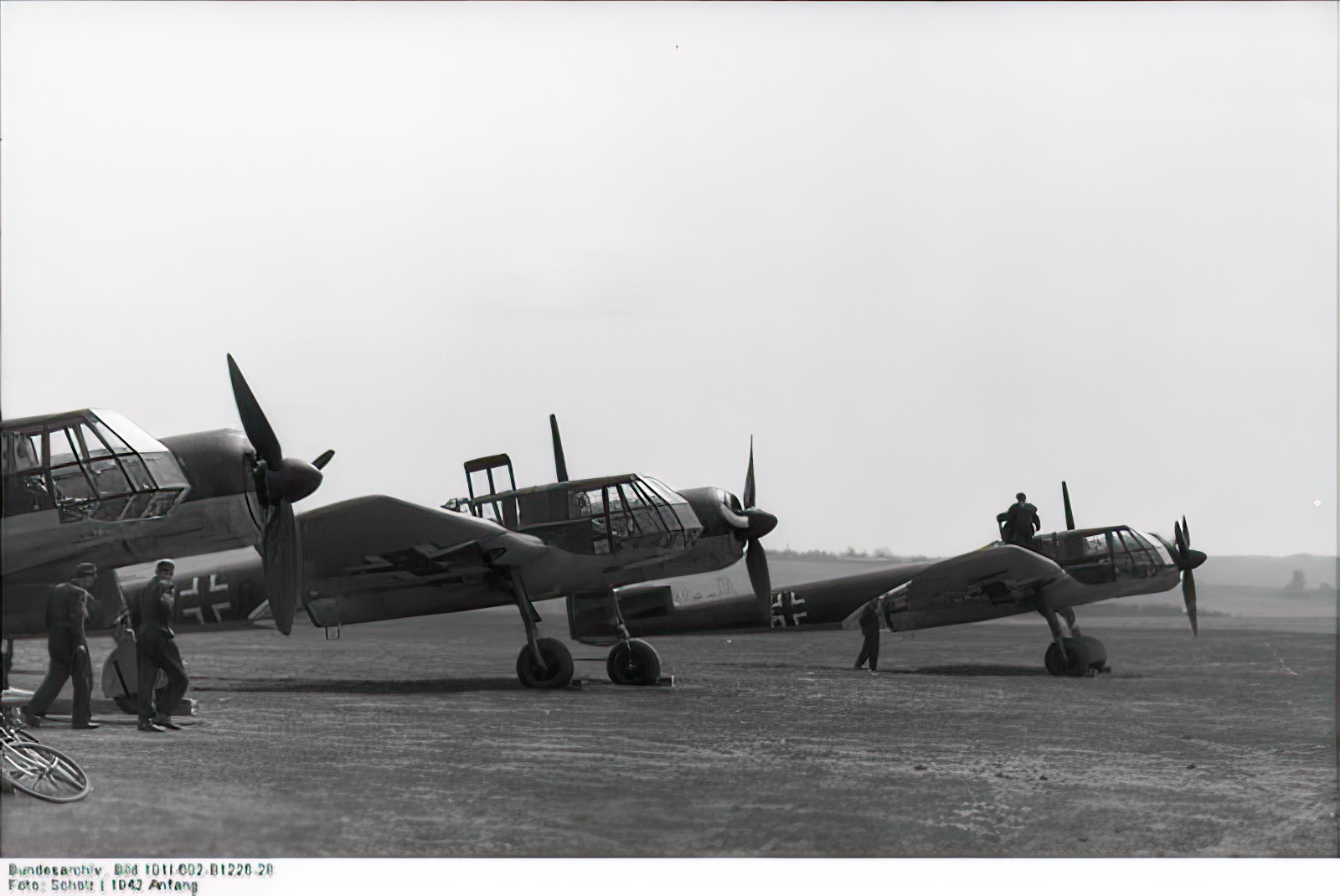
Specifications
When it came to armaments, the Bv 141 featured a total of four machine guns that consisted of two rear-mounted flexible 7.92 mm MG 15s and two fixed-forward 7.92 mm MG 17s. The aircraft was also equipped to carry four SC 50 bombs which ranged from 105 to 121 pounds.
The BV 141 was first powered by a BMW 132N radial engine, which ran the aircraft’s three-blade propeller system. This was later upgraded to the more powerful BMW 801, which provided it with a range of 1,200 miles giving the aircraft a maximum speed of 229 mph (368 kph) at sea level and 272 mph at altitude of 16,400 feet.
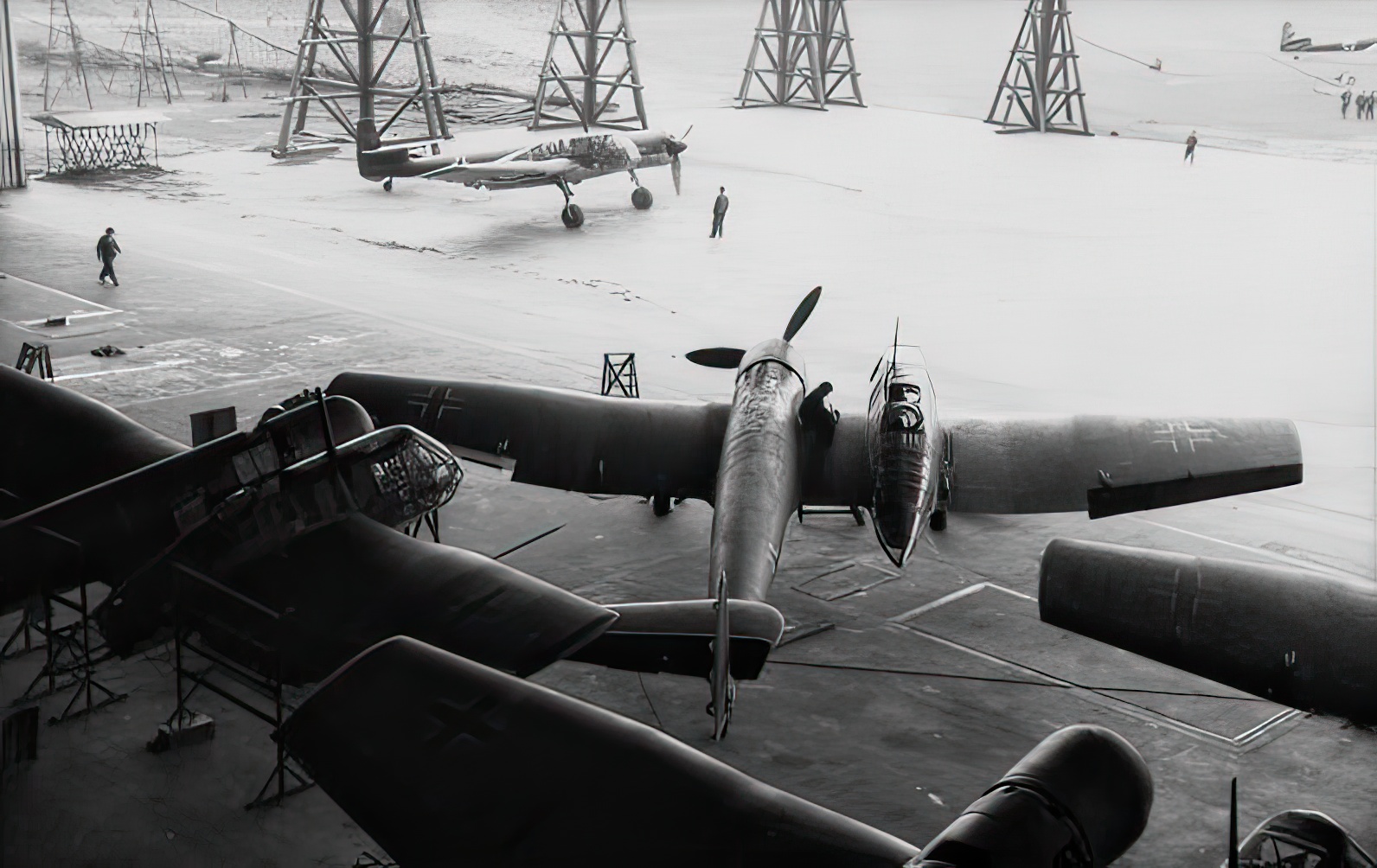
Outcome
Three prototypes and an additional five Bv 141A models were produced for evaluation by the Air Ministry. The aircraft was not popular, but it did have a supporter in Generaloberst Ernst Udet, a Great War veteran and the director of the German Air Ministries research and development section.
The initial BMW 132N engine was determined to be underpowered by the Air Ministry and was replaced with the “B” variants BMW 801. The process took too long though, and the Fw 189 had already entered production by the time the Bv 141B was complete. The BMW 801 engine was also needed for the Focke-Wulf Fw 190 Würger which further decreased the Bv 141’s chances of success.
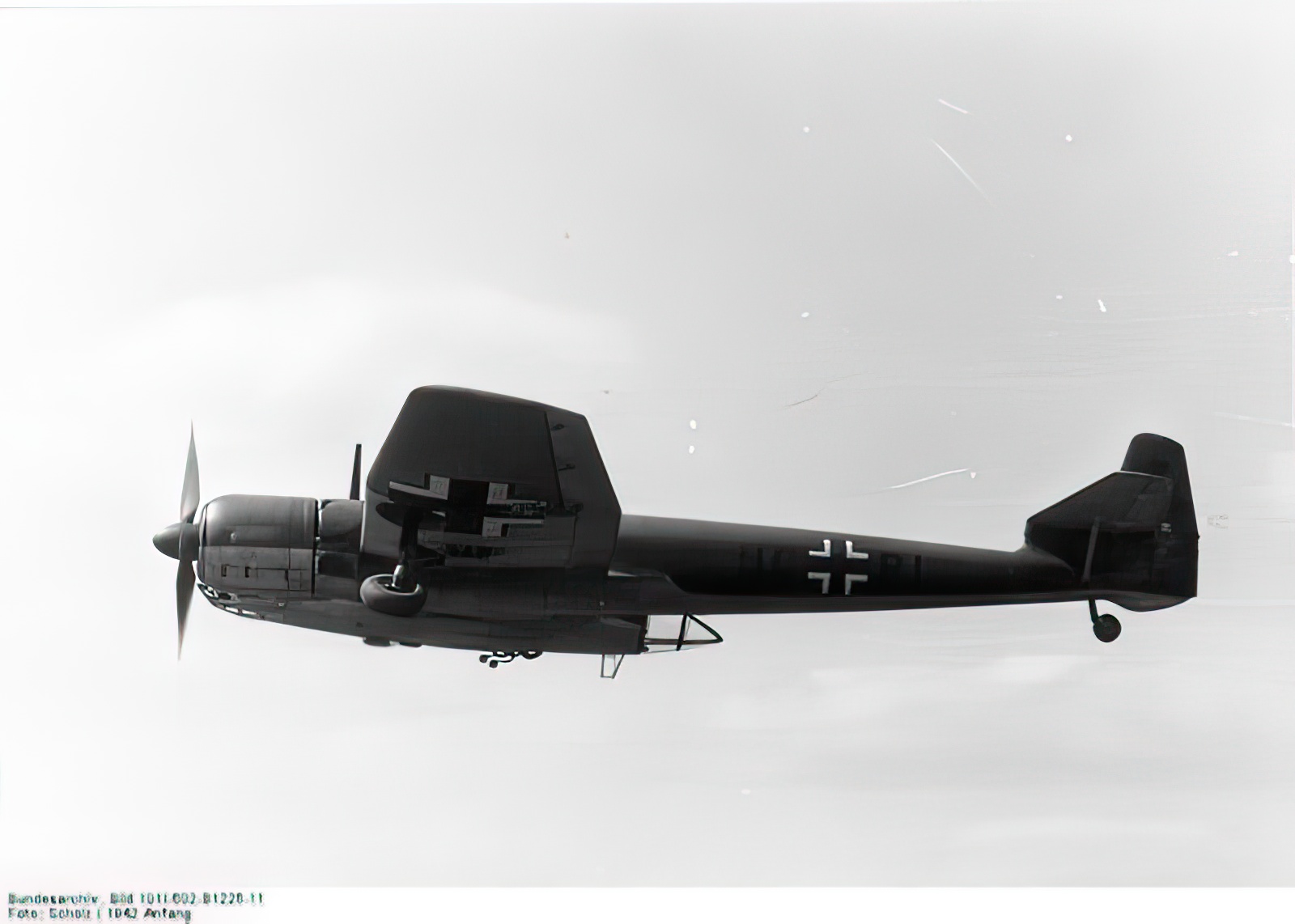
Eventually, 20 Blohm & Voss Bv 141B models were ordered, produced, and delivered. Several wrecks of the aircraft were uncovered by Allied forces in Germany and one was captured by the British and sent back to the United Kingdom for examination, but none survive to this day.

